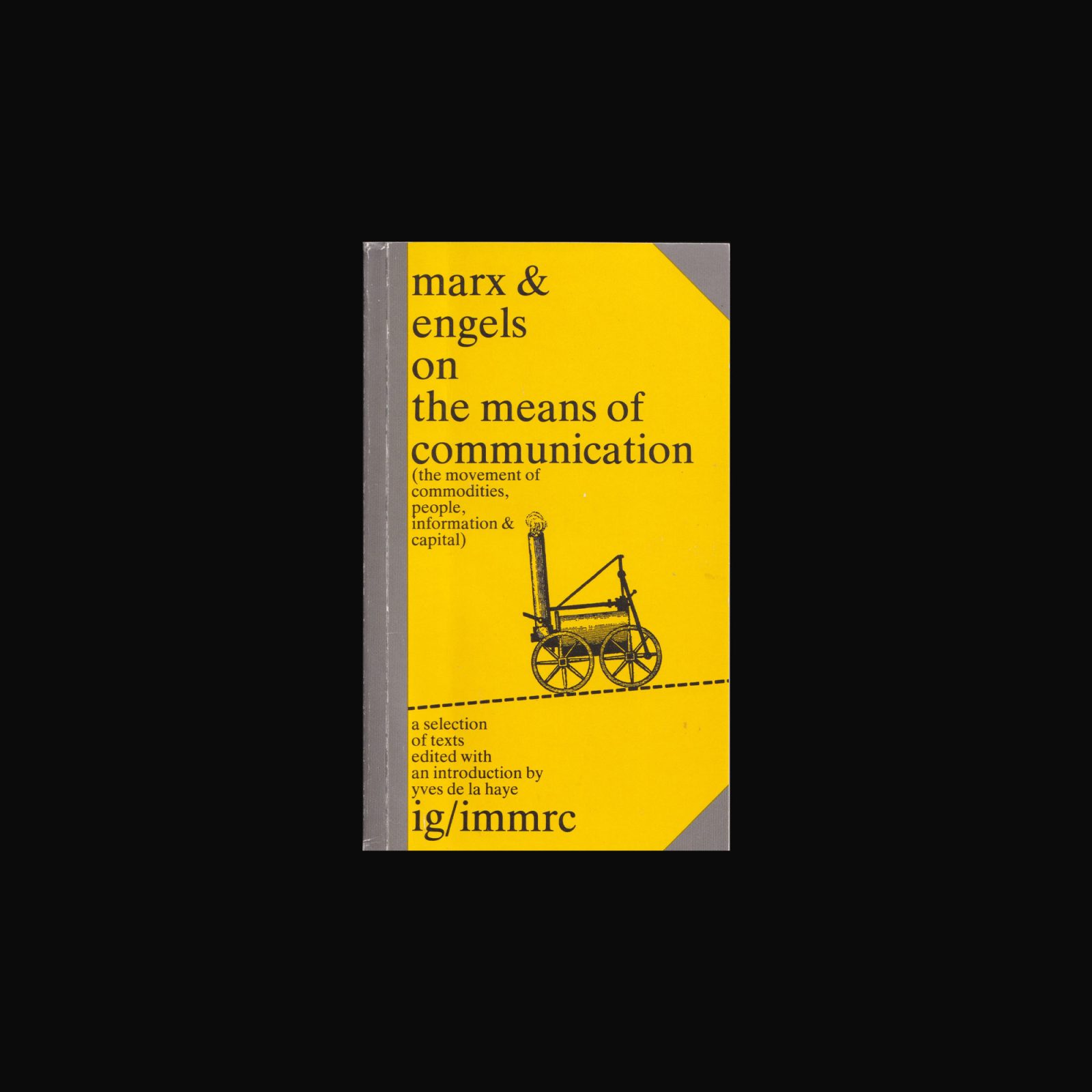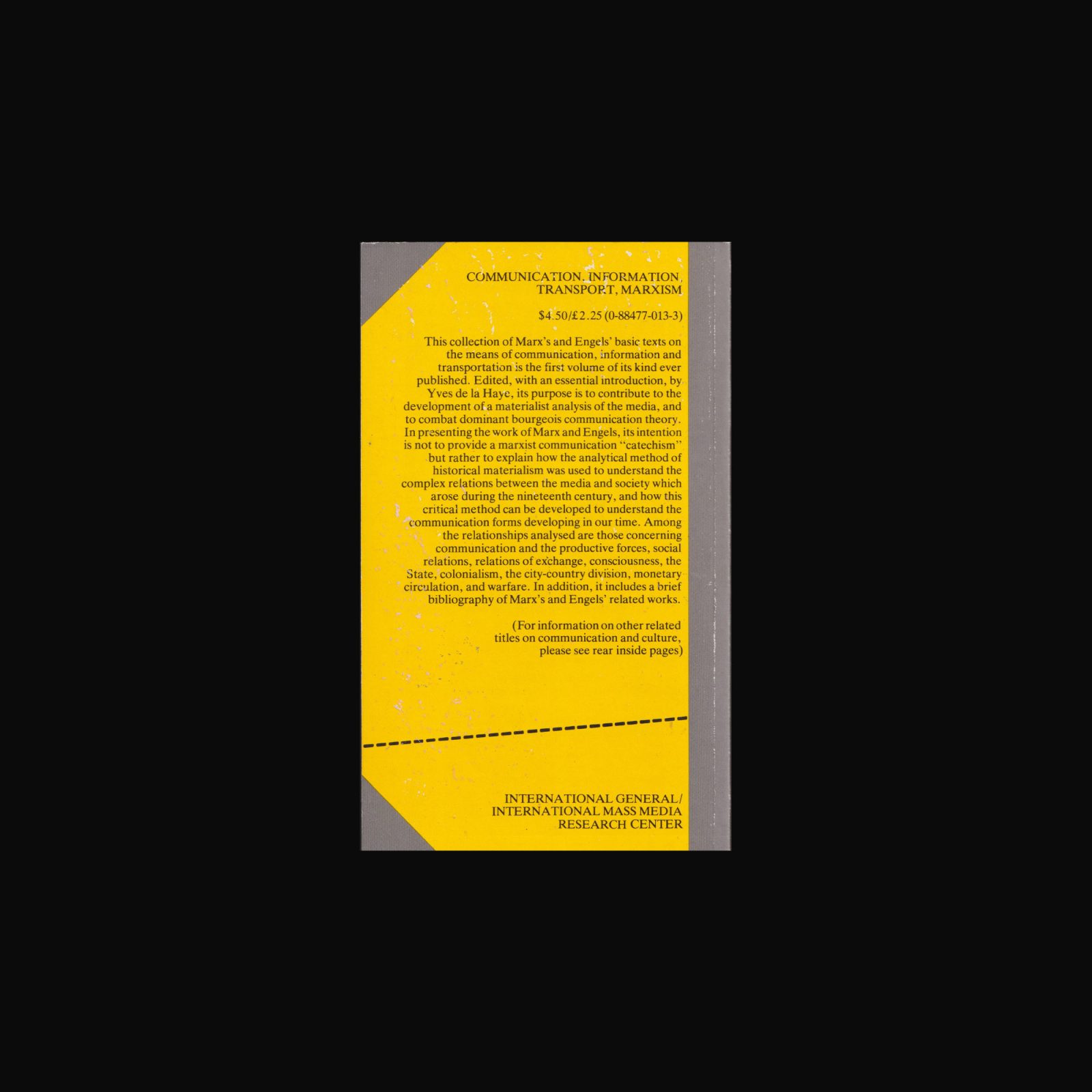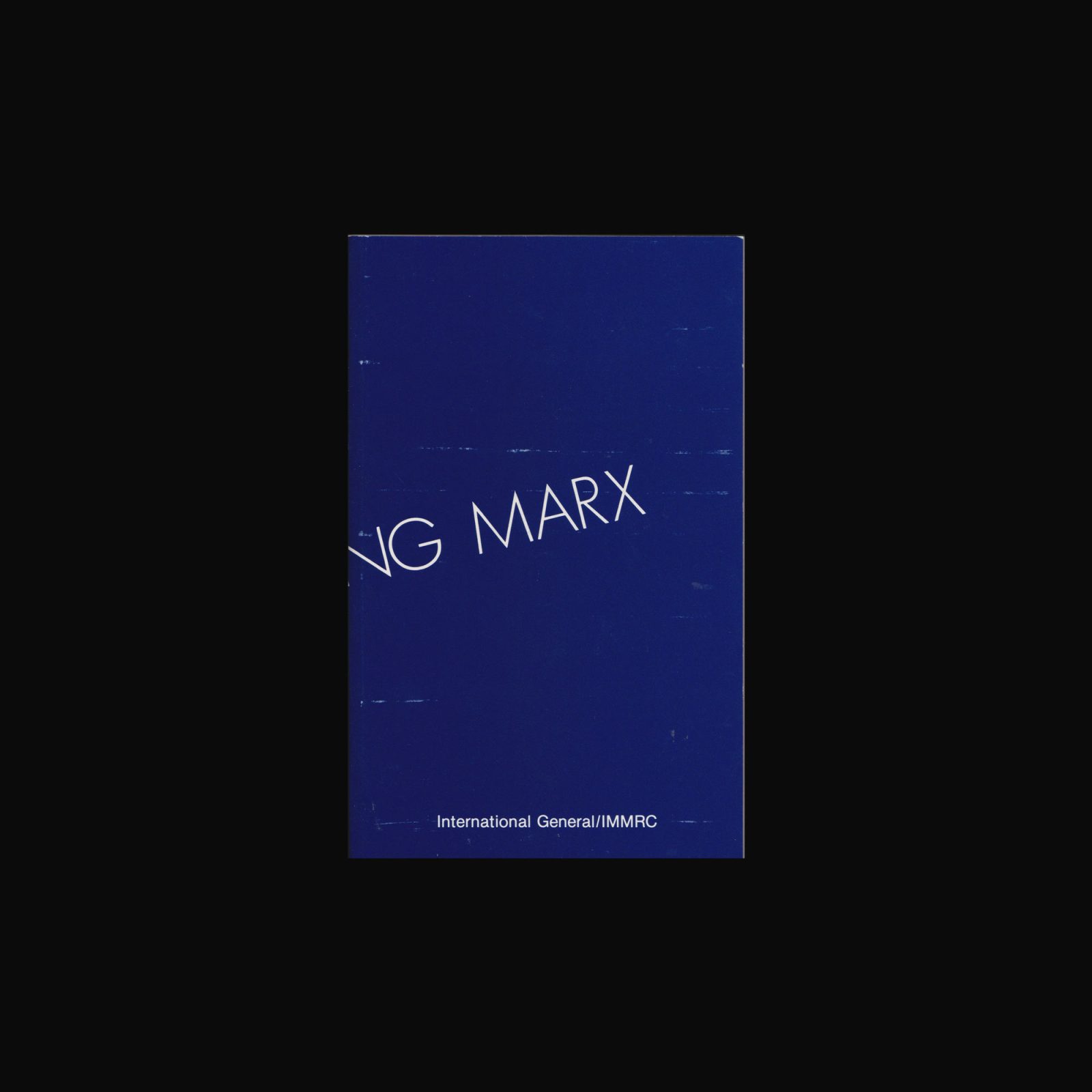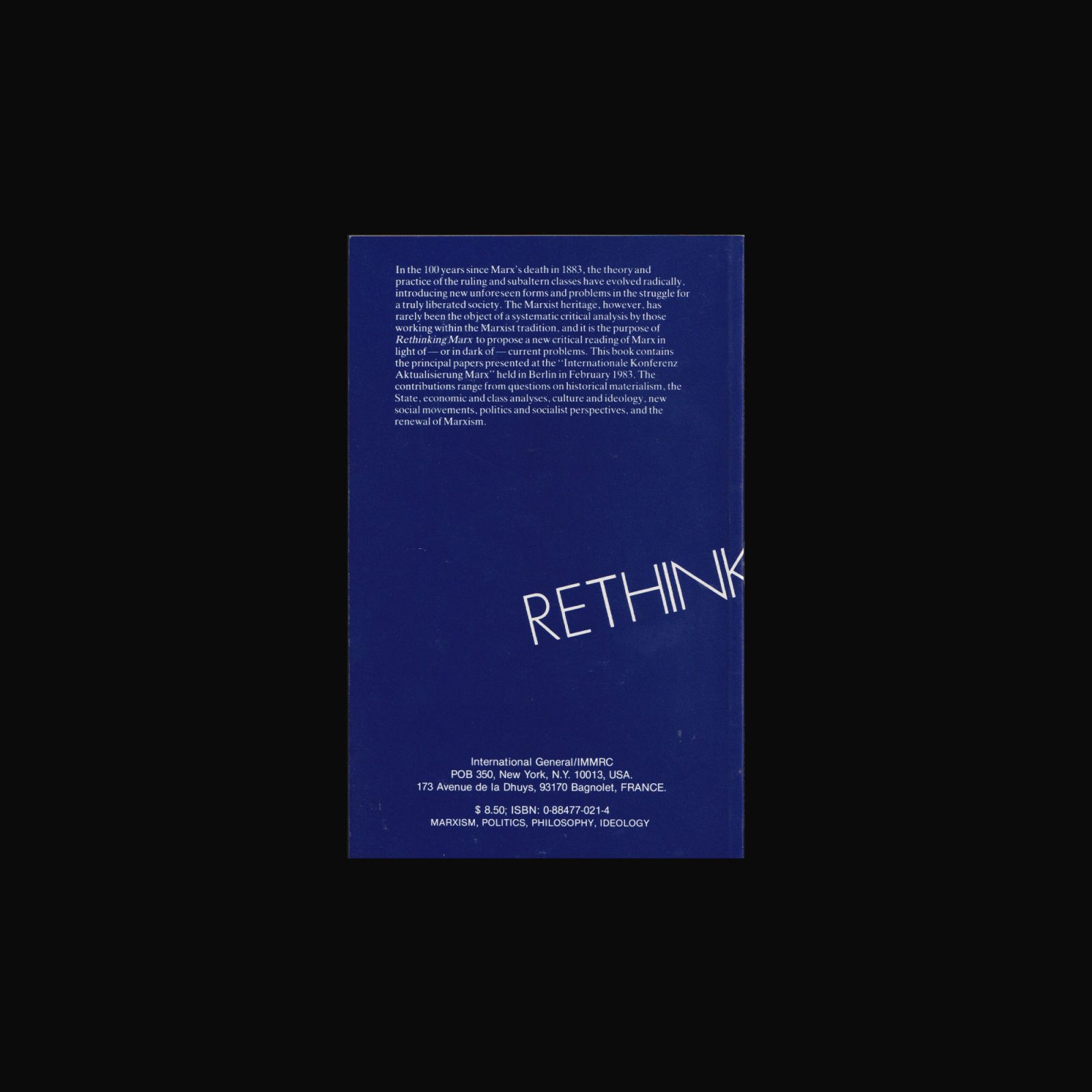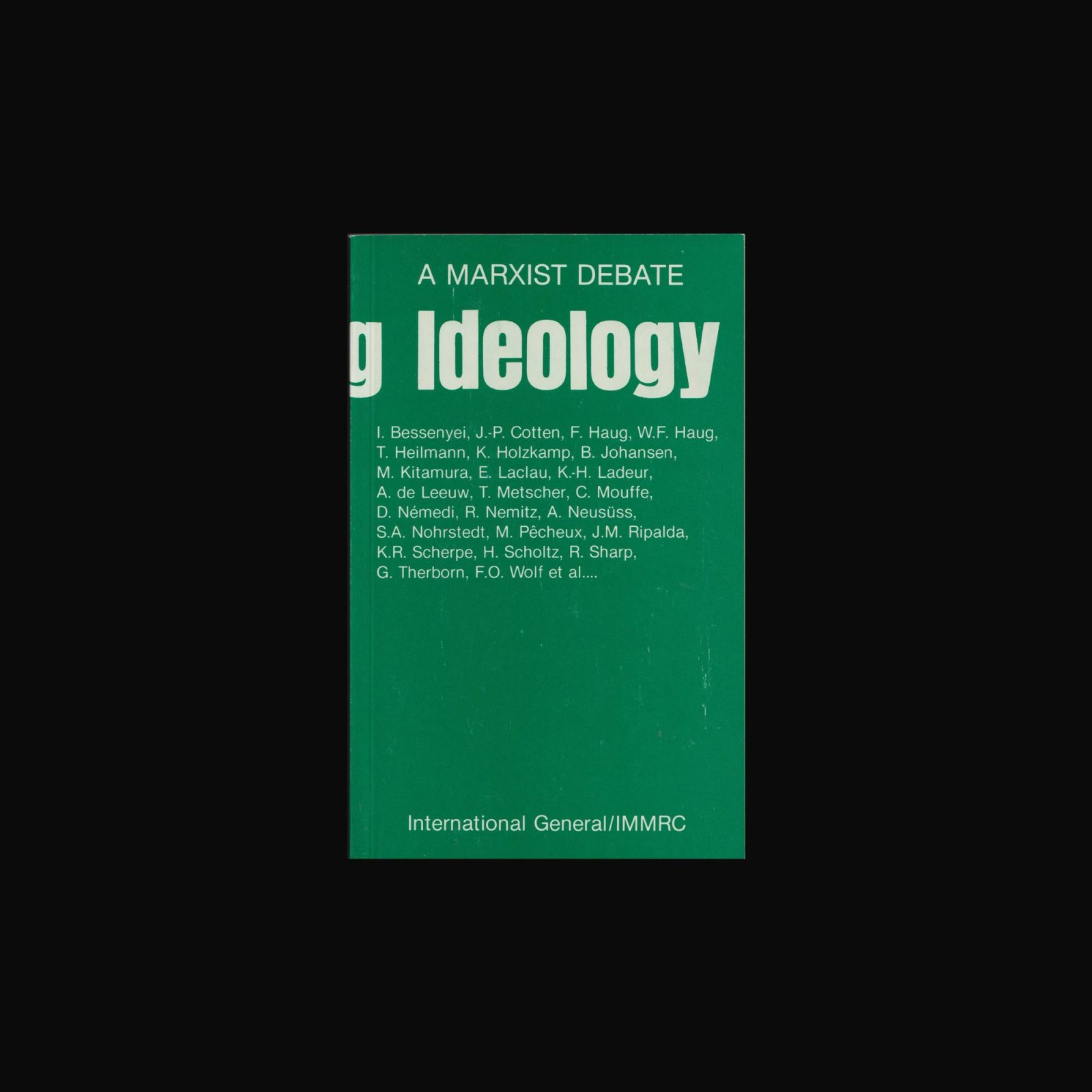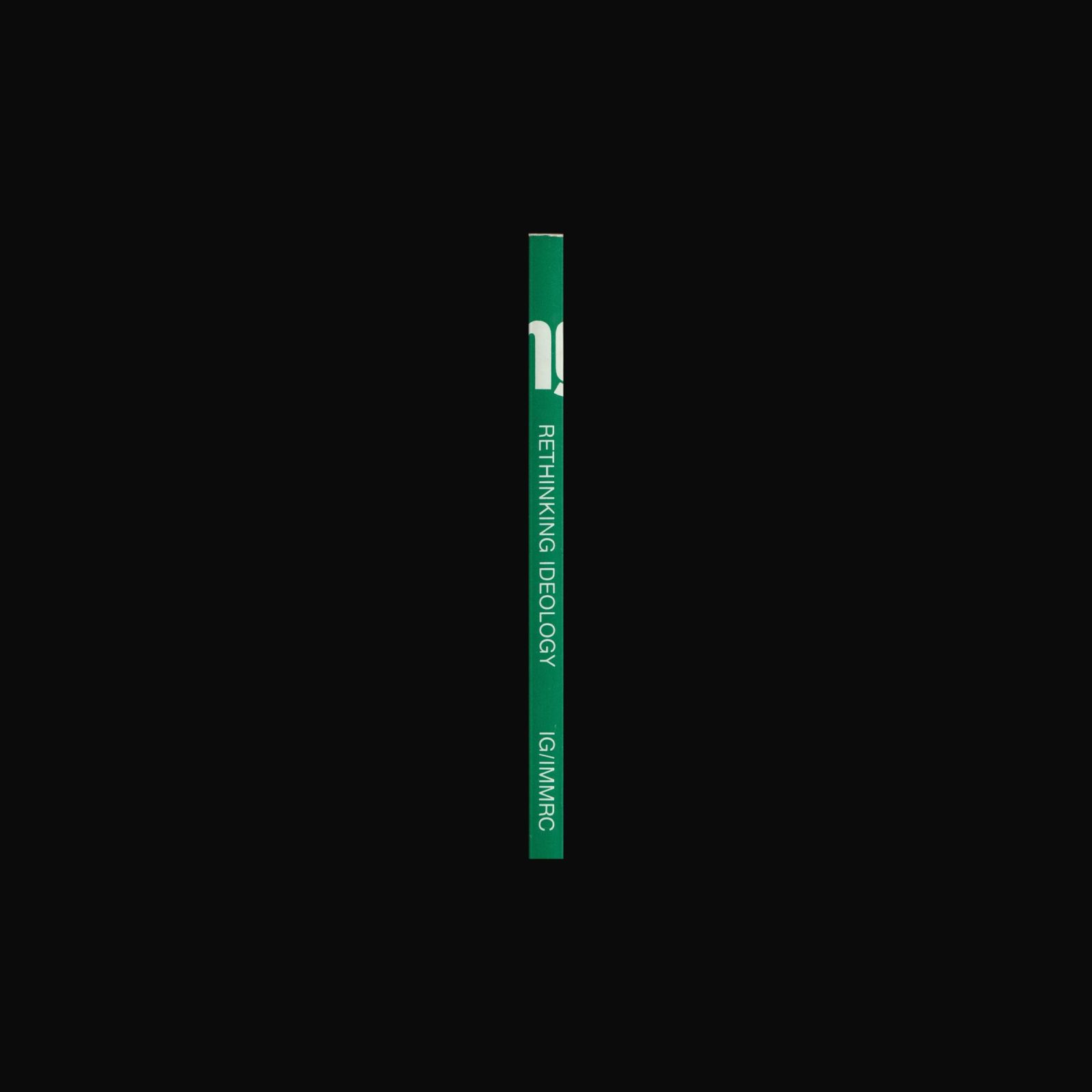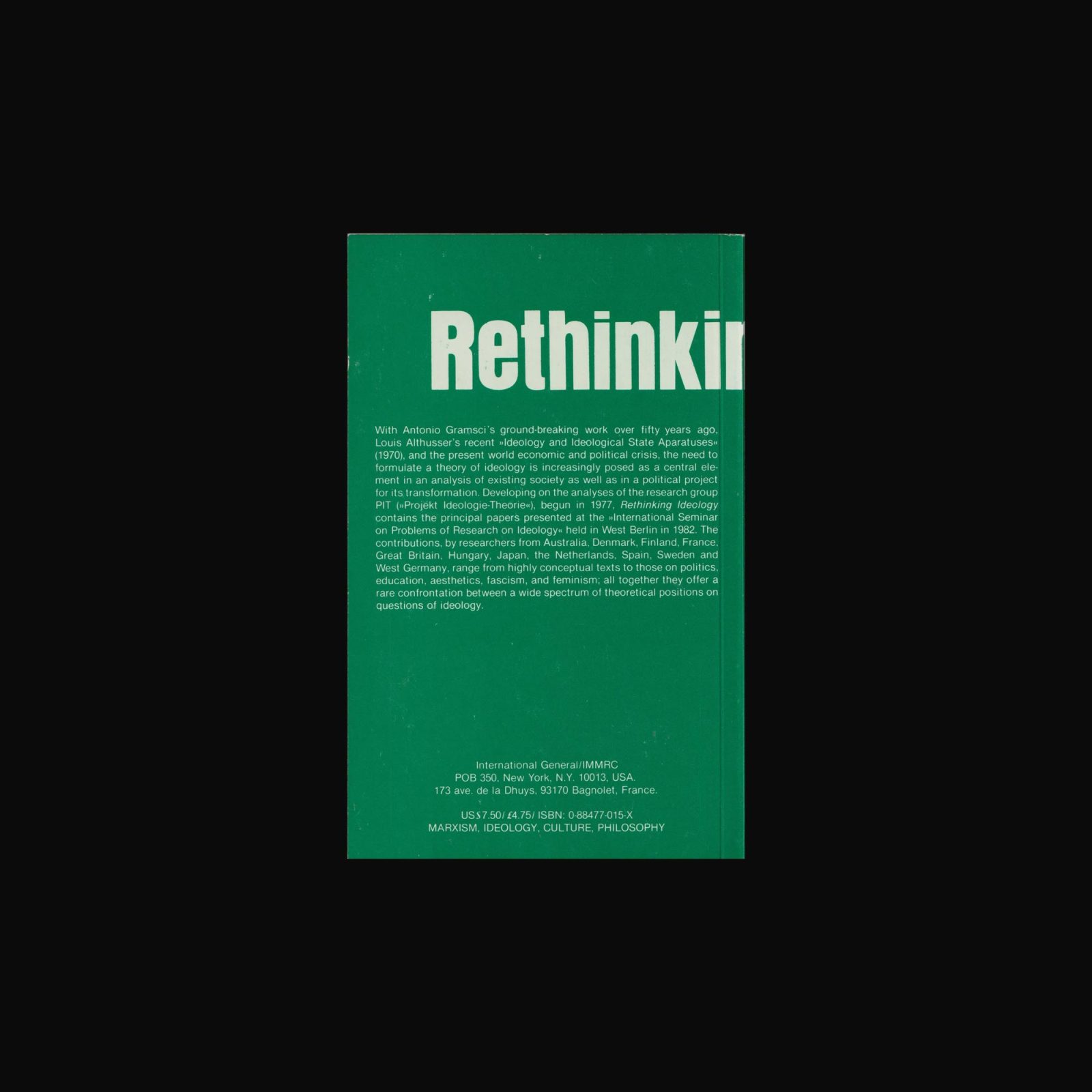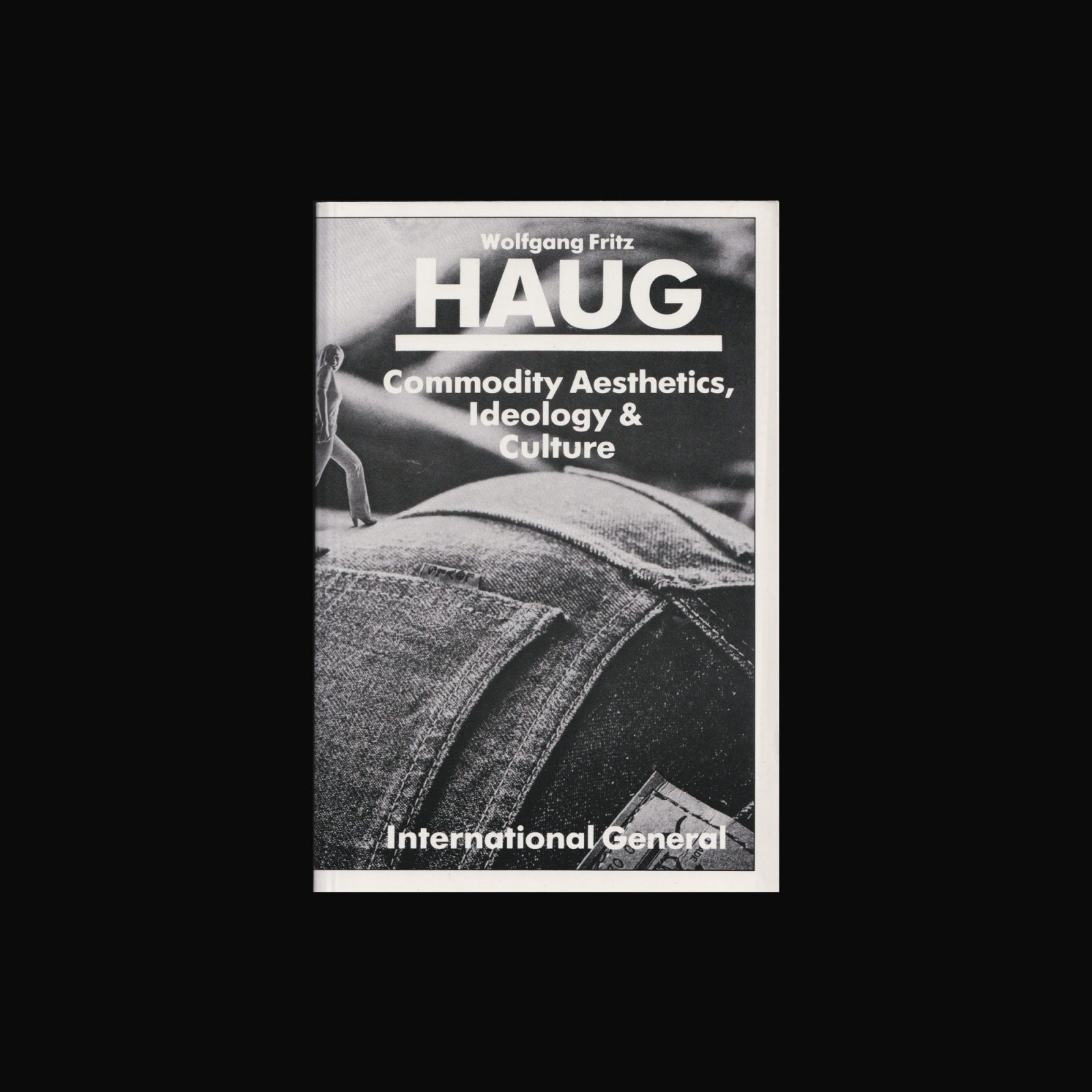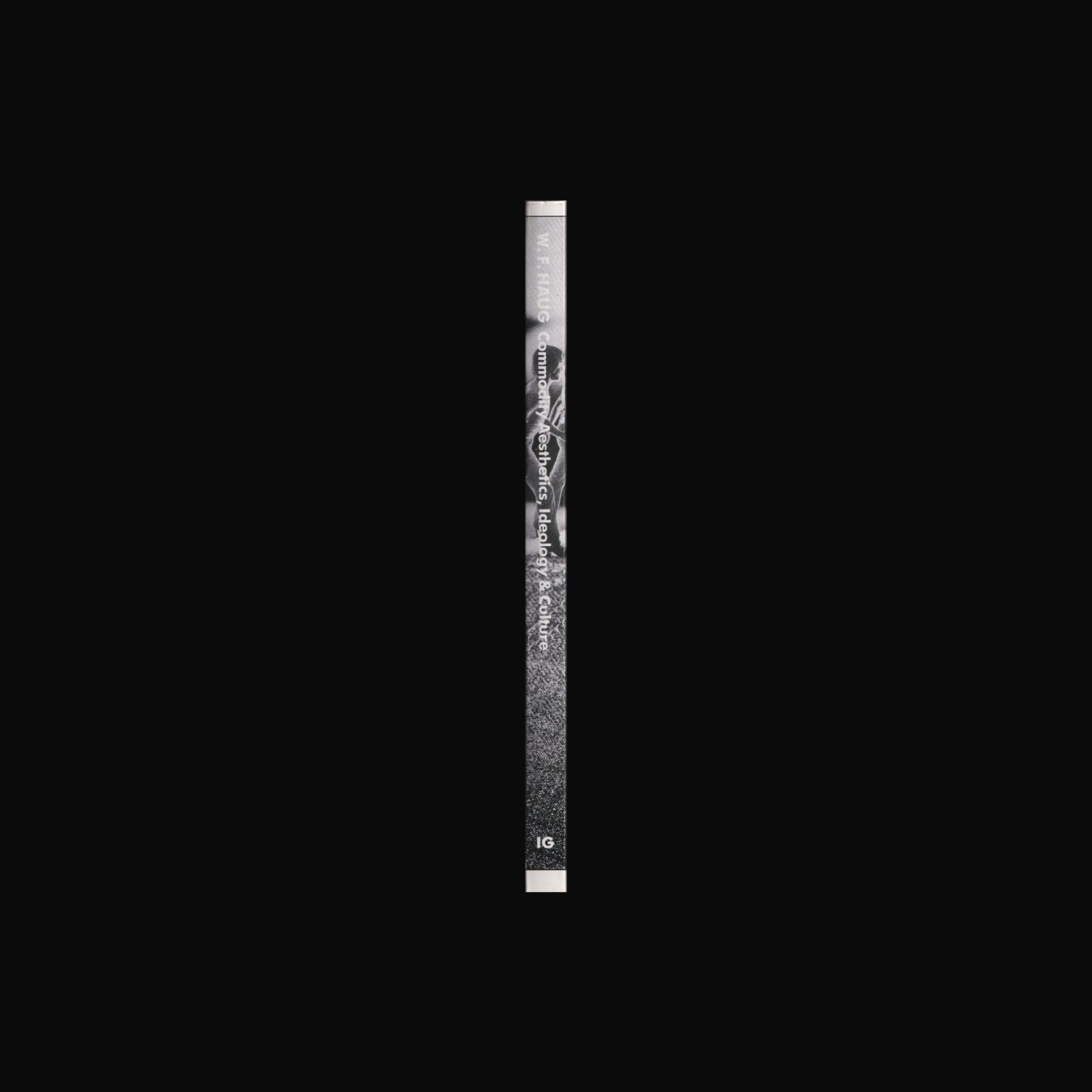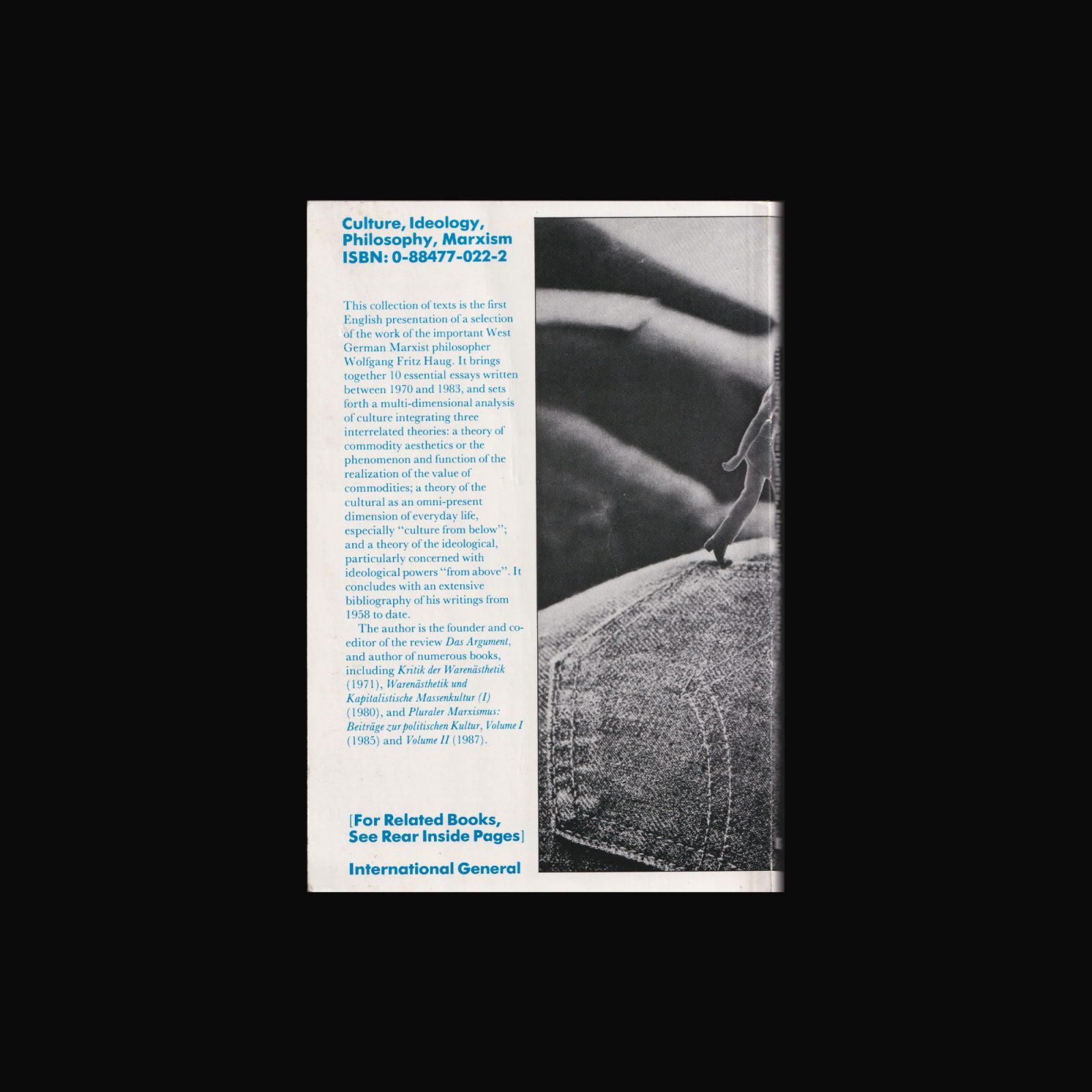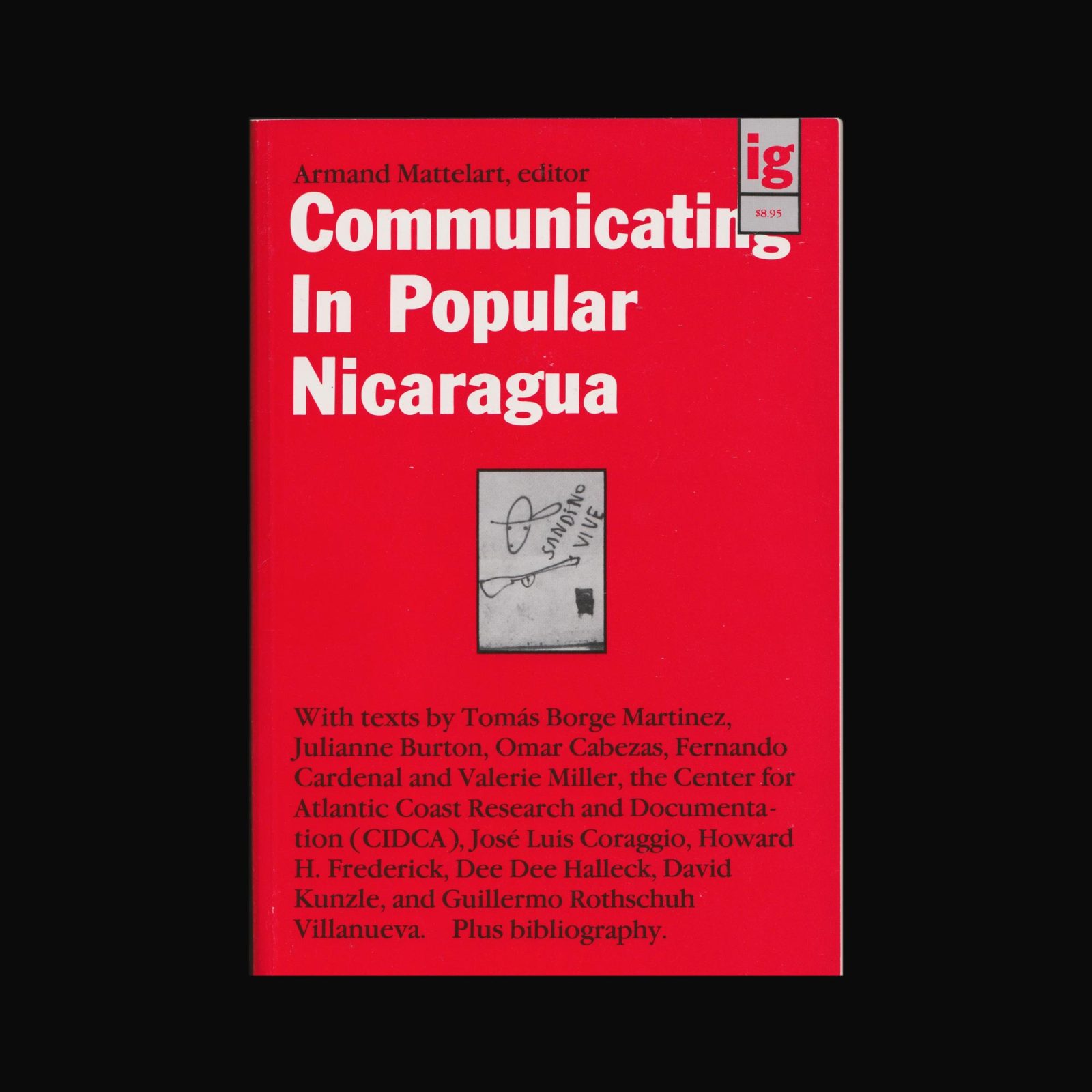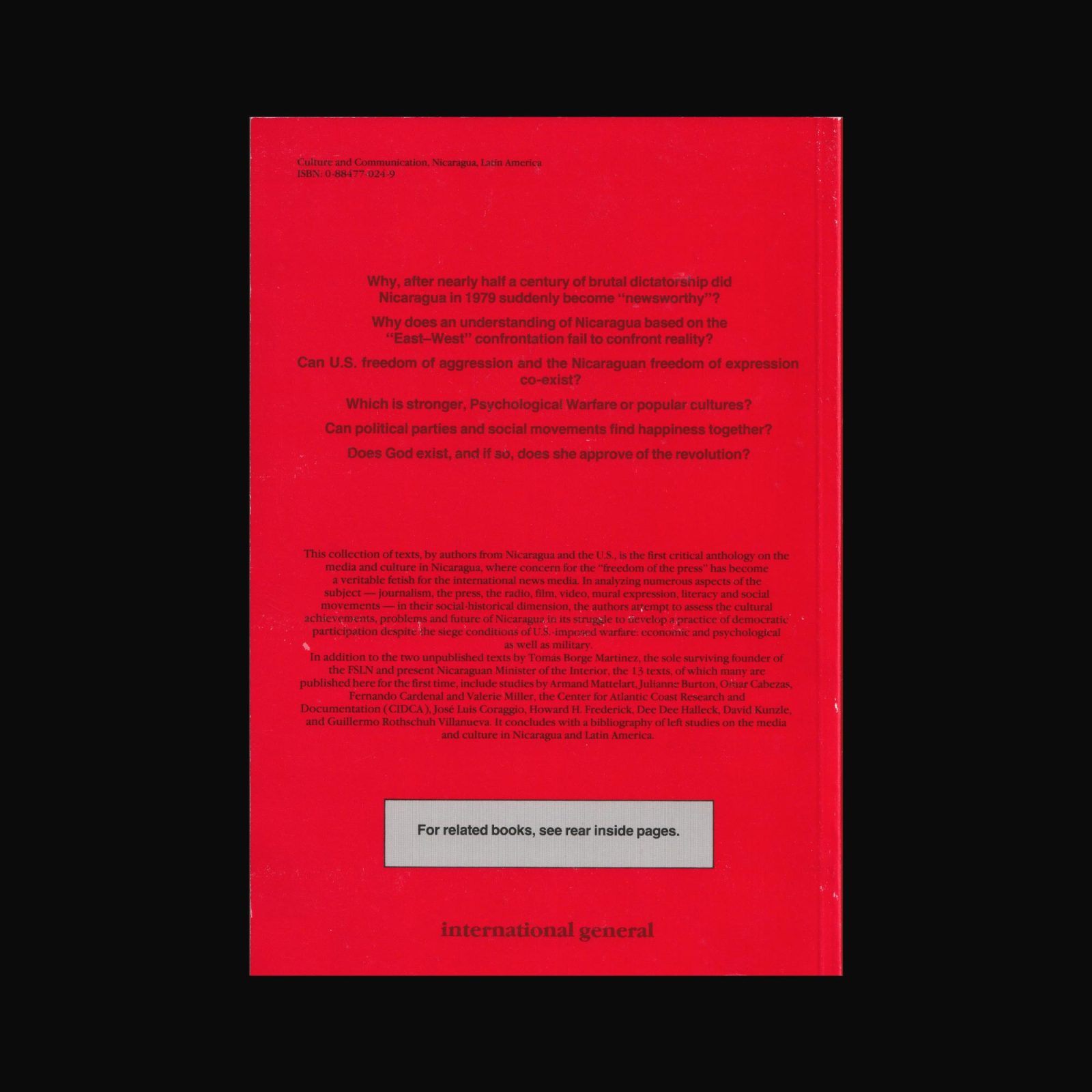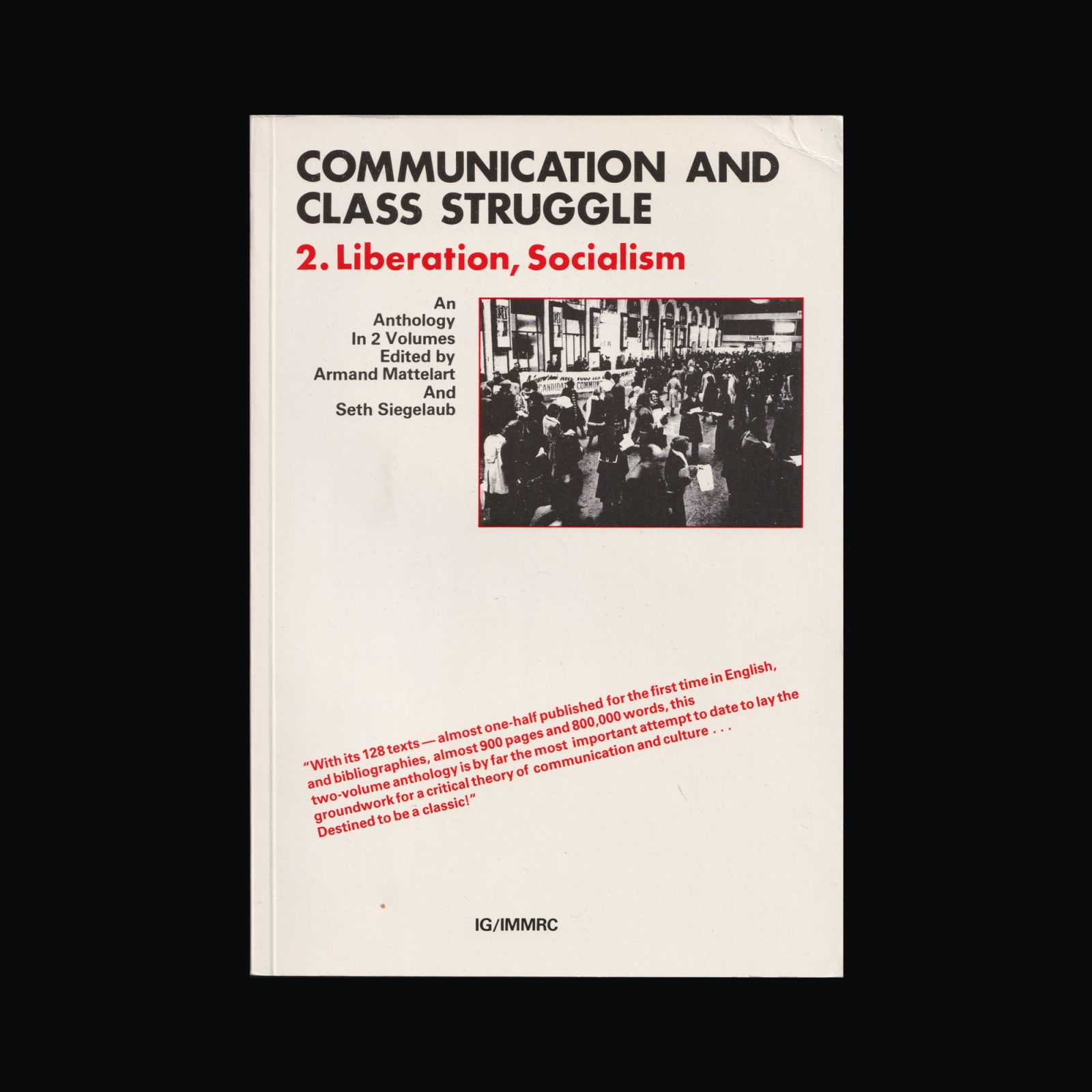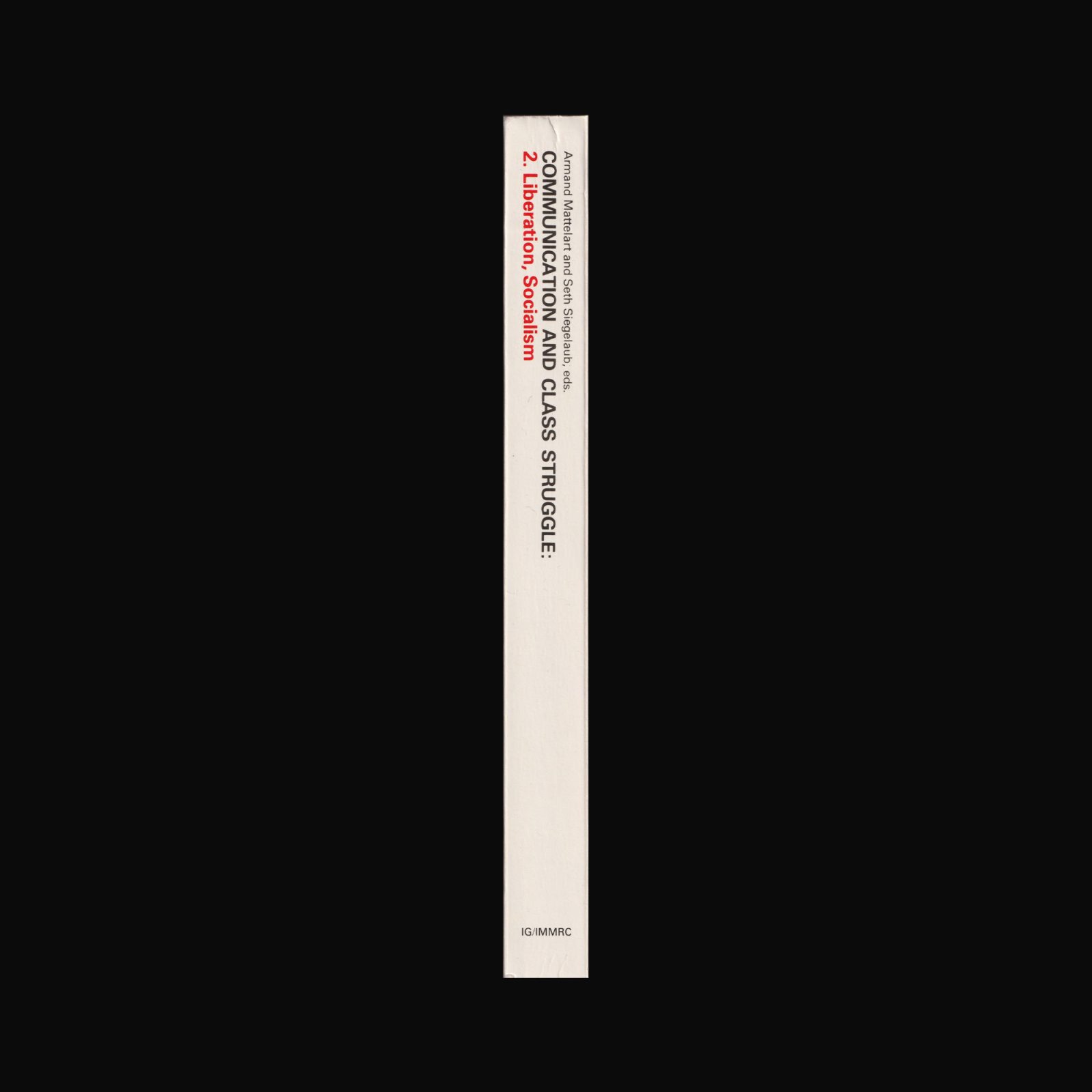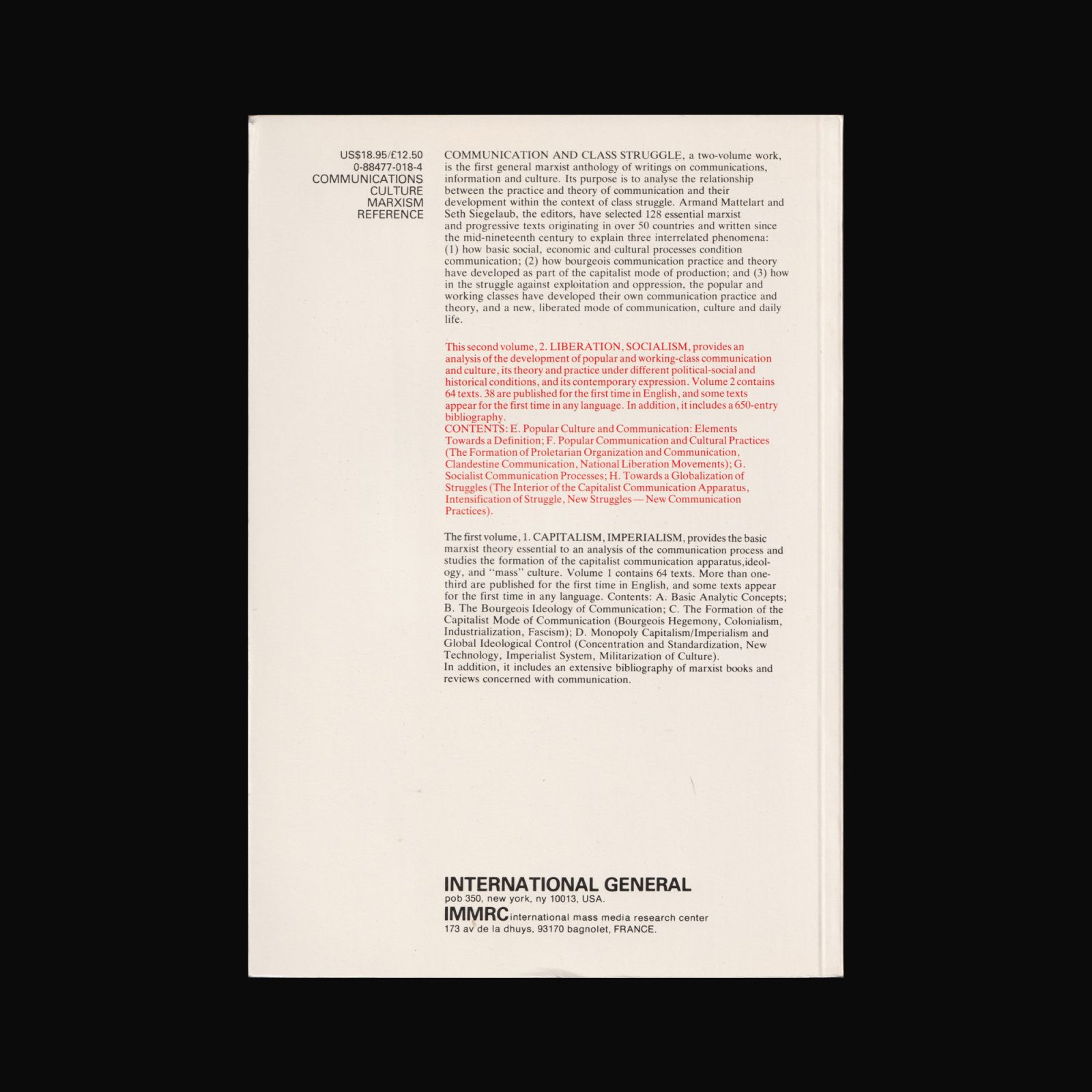Rethinking Ideology : A Marxist Debate
“With Antonio Gramsci’s ground-breaking work over fifty years ago, Louis Althusser’s recent Ideology and Ideological State Aparatuses (1970), and the present world economic and political crisis, the need to formulate a theory of ideology is increasingly posed as a central element in an analysis of existing society as well as in a political project for its transformation. Developing on the analyses of the research group PIT (»Projekt Ideologie-Theorie«), begun in 1977, Rethinking Ideology contains the principal papers presented at the International Seminar on Problems of Research on Ideology held in West Berlin in 1982. The contributions. by researchers from Australia, Denmark, Finland, France Great Britain, Hungary, Japan, the Netherlands, Spain, Sweden and West Germany, range from highly conceptual texts to those on politics education, aesthetics, fascism, and feminism; all together they offer a rare confrontation between a wide spectrum of theoretical positions on questions of ideology.”
